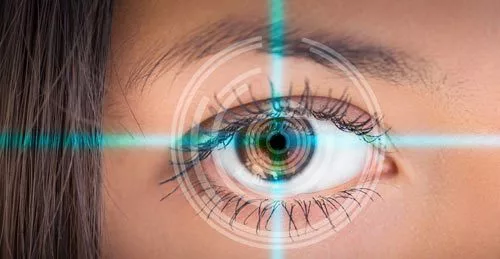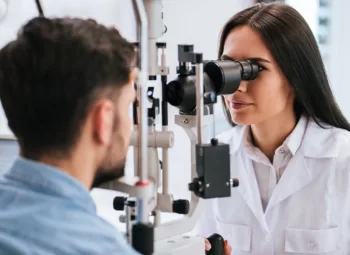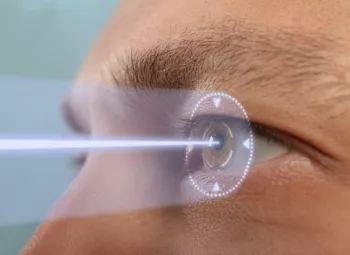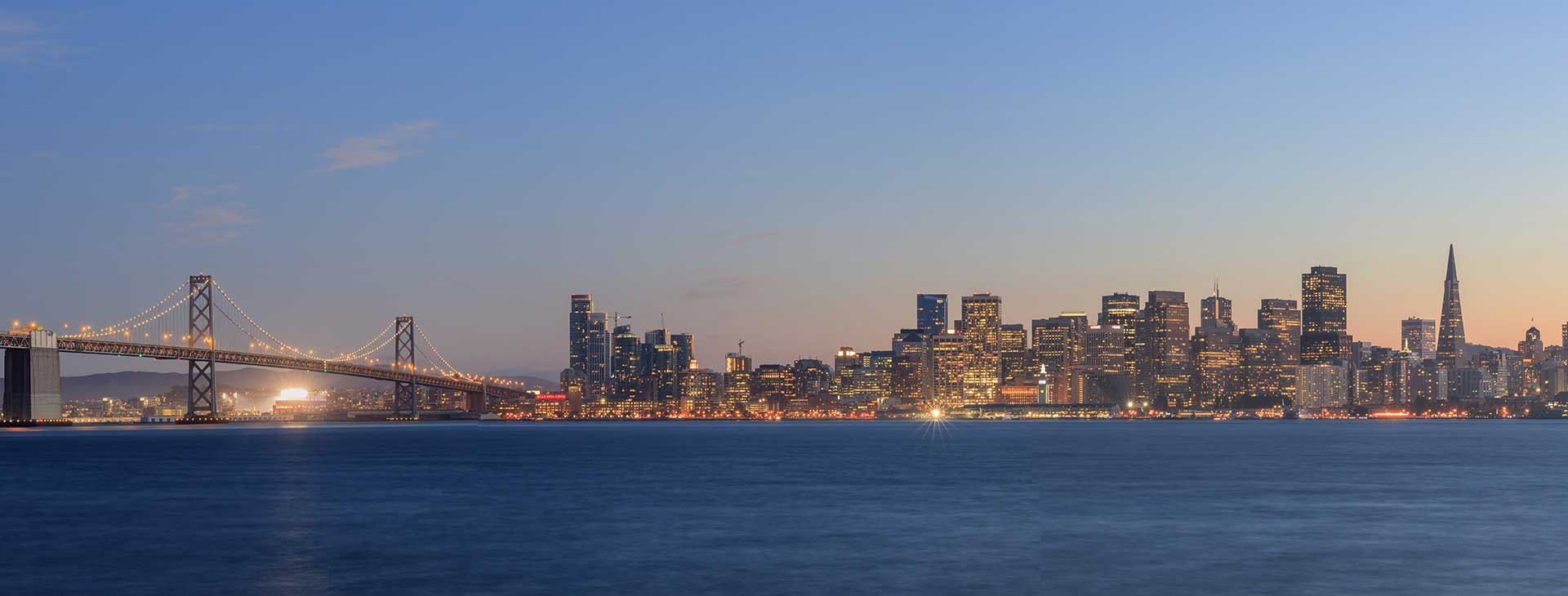Choosing the laser eye surgery procedure best suited to your unique needs can be a daunting task. A common question our patients ask is “What is the difference between PRK and LASIK?”

The Procedure:
During a PRK procedure, your surgeon uses an excimer laser to reshape the curvature of the cornea in order to correct vision. The epithelium (the outer layer of your cornea) is removed prior to reshaping and then grows back after surgery.
During a LASIK procedure, your surgeon will first use a femtosecond laser to create a partial flap on the cornea. Then they will open the flap to treat the rest of the cornea by reshaping it with an excimer laser. The flap is then put back in place for healing.
One of the biggest distinctions between a LASIK procedure and PRK is the flap created during a LASIK procedure. During a PRK procedure, no flap is created.
What Makes a Good LASIK or PRK Candidate?
Both PRK and LASIK are suited for patients with nearsightedness (myopia), farsightedness (hyperopia), and astigmatism. Compared to LASIK, PRK is better suited for a patient with a thinner cornea, as the flap that needs to be created in a LASIK procedure is best suited for someone with a thicker cornea. It may also be more suited to patients with flat corneas, especially large pupils, or other issues that make them unable to have LASIK surgery.
Certain occupations or lifestyles may be better suited to PRK than LASIK. The flap that is created during a LASIK procedure can potentially be problematic for those who are involved in rough contact sports or an occupation with the potential hazard of eye trauma.
Recovery and Results
Both LASIK and PRK have similarly great vision outcomes. Your vision can improve to 20/20 vision and eliminate the need for you to wear glasses or contacts. However, the recovery time between the two procedures vary.
PRK has a slower recovery time when compared to LASIK. Since the epithelium is removed during a PRK procedure, the recovery begins with the growth of a new epithelial layer, which can take a few days. This is also why PRK patients report more discomfort than LASIK within the first few days of their surgery.
The extra healing PRK entails can take about a week and a patient’s vision will gradually improve over the course of the next one to three months. Most patients are able to return to work or driving within a week. Within three to six months after your PRK procedure your vision will completely stabilize and you will experience the full benefits of your new vision.
To contrast, LASIK patients will experience improved vision within 24 hours after their surgery. Many patients are able to return to work or driving the next day and experience minimal discomfort.
The question of which surgery is best ultimately depends on a multitude of factors, and can only be determined by your ophthalmologist. Both procedures are some of the most common and safest surgeries performed in the United States and have a very high success rate. If you would like to find out which is best for you, contact your trusted experts NeoVision Eye Center to schedule your complimentary laser eye surgery consultation.
Are you ready to find out whether LASIK or PRK is better for you?
Dr. Shobha Tandon and her staff are here to answer any questions or concerns you may have about taking the next step towards better vision. Fill out the form below quickly get in touch with any questions or concerns you may have with getting LASIK or PRK at Neovision.
"*" indicates required fields





